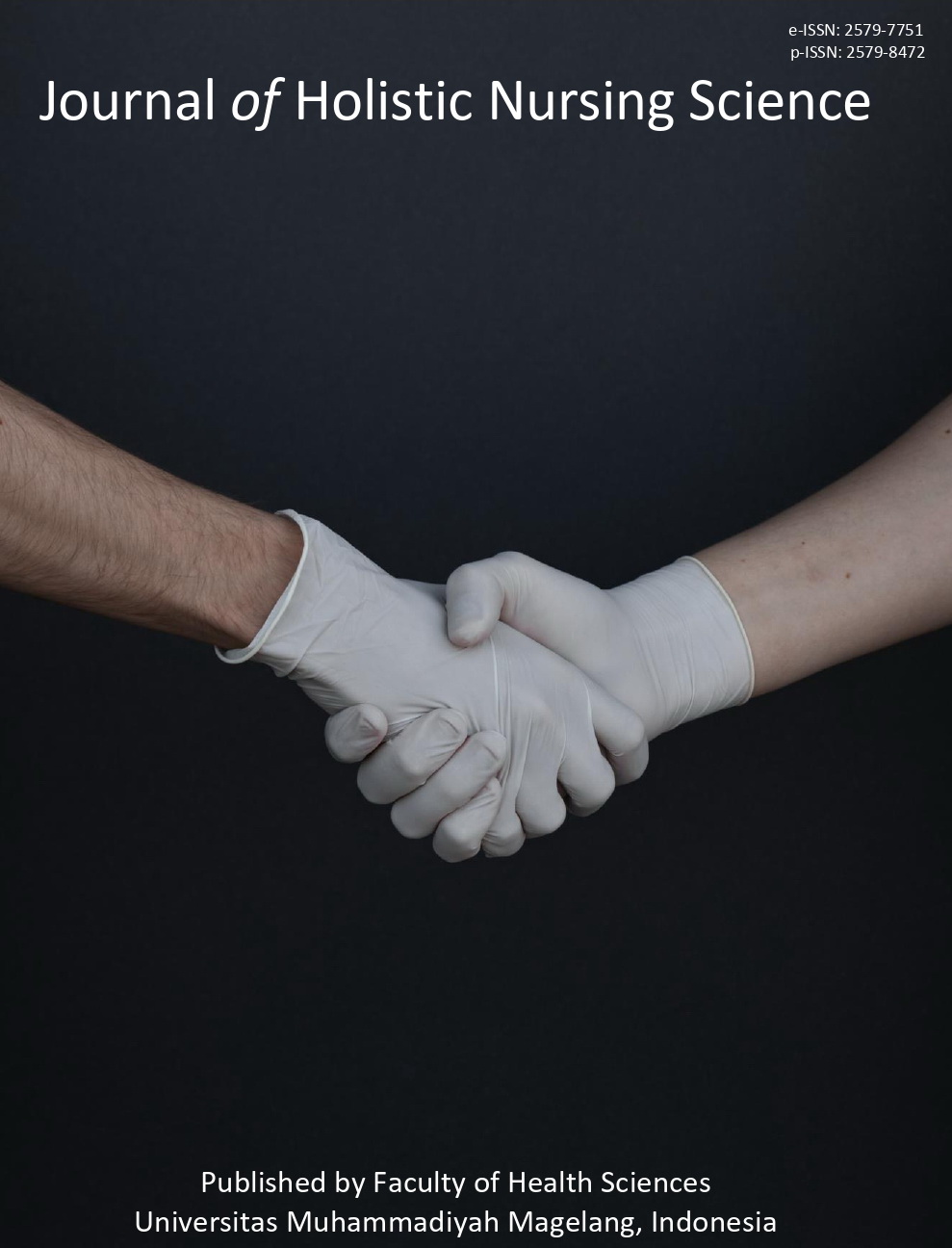Psychological well being of social media users: A structural equation modeling analysis
Main Article Content
Abstract
Social media has positive and negative impacts on human life. Even though negative impacts have been identified, positive impacts are rarely studied in the literature. The identification of positive impacts will be useful for preventing health issues among social media users. Therefore, the study is intended to investigate the psychological well-being status of the social media population. The study used a cross-sectional design with a purposive sampling method. The analysis used structural equational modeling to answer the research question of the study. The results showed the psychological well-being of social media users is at normal levels with mild stress. The influencing factors influencing the finding are sex and education. Health promotion is fundamental to improving the outcomes and vice versa, decreasing the risk factors of mental disorders. Interventional studies are needed to prevent distress in the future.
Keywords: social media; psychological well-being; mental health nurses; nursing assessment; community practice
Downloads
Article Details

This work is licensed under a Creative Commons Attribution 4.0 International License.
Authors who publish their articles in JHNS retain full copyright of their work. JHNS does not require authors to transfer their copyright to the journal or Universitas Muhammadiyah Magelang as the publisher. The authors grant JHNS a license for the first publication.
